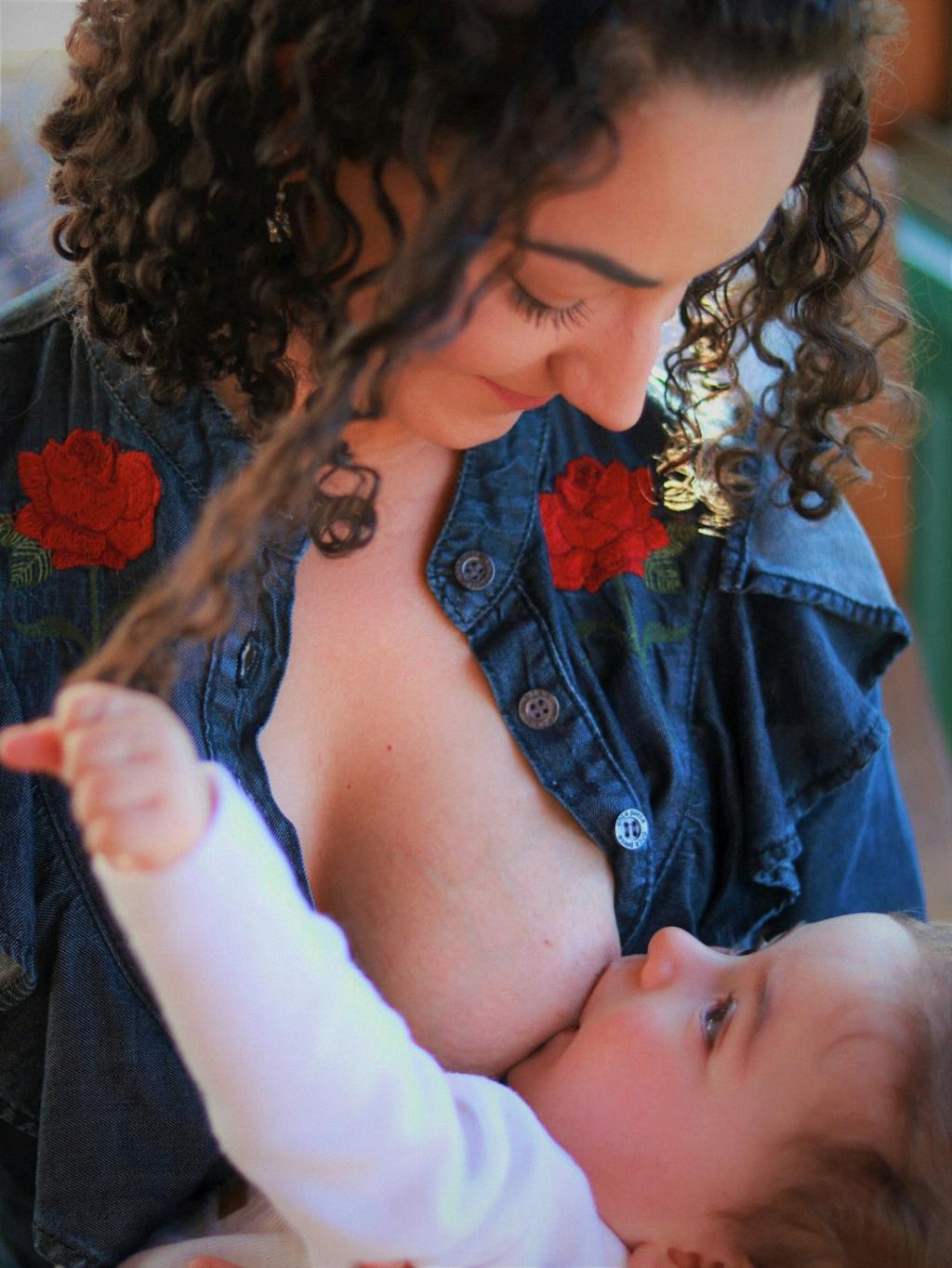One of the many wonders of nature is the way a baby’s poop can give parents valuable insight into their little one’s health. For breastfeeding mothers, in particular, the consistency and color of their baby’s stool can be a source of both curiosity and concern. Let’s delve into the world of breastfed babies’ poop and explore what is considered normal and healthy in terms of color, texture, and odor.
Healthy Breastfed Poop: A Visual Description
When it comes to breastfed babies, their poop undergoes a distinctive transformation. If your baby is exclusively breastfed, you can expect their stool to display a yellow or light green hue. In terms of texture, breastfed poop tends to have a mushy or creamy consistency, resembling mustard-colored cottage cheese. Additionally, you may notice little seed-like flecks in the stool, which are entirely normal and should not be a cause for alarm.
Odor Characteristics of Breastfed Poop
One surprising aspect of breastfed baby poop is its smell. Unlike the potent odor often associated with adult feces, breastfed infant stool emits a surprisingly sweet scent. This unique odor can be attributed to the components of breast milk and the infant gut microbiome, indicating that everything is functioning as it should be.
Frequency of Bowel Movements
As a breastfeeding parent, you may wonder about the frequency of your baby’s bowel movements. It is normal for breastfed infants to have frequent stools, sometimes after each feeding session. However, some babies may have less frequent bowel movements, which can also be within the realm of normalcy as long as the stool consistency remains appropriate.
Changes in Stool Color: What to Expect
While the predominant color of healthy breastfed poop is yellow or light green, it is essential to be aware of potential changes in stool color. Certain foods consumed by the breastfeeding mother can influence the color of the baby’s stool, such as consuming beets leading to pink-tinted poop. However, rapid or drastic changes in stool color may warrant further investigation to rule out any underlying issues.
Texture Variations in Breastfed Poop
Although breastfed baby poop typically has a mushy or creamy texture, variations can occur. For instance, if a baby is experiencing diarrhea, the stool may become watery. On the other hand, constipation could result in firmer, pellet-like stools. Being attuned to these changes can help caregivers gauge their baby’s digestive health and make informed decisions.
Signs of Concern in Breastfed Babies’ Stool
While variations in breastfed baby poop are common, certain signs may indicate a cause for concern. Bloody or black stools, excessively foul odor, extreme watery consistency, or persistent changes in color or texture could point towards an underlying issue requiring medical attention. It is crucial not to dismiss such red flags and seek professional advice promptly.
Embracing the Diversity of Breastfed Baby Poop
Every breastfed baby is unique, and so is their poop. The variability in stool color, texture, and odor among infants is a testament to the individualized nature of digestion and growth. By closely observing your baby’s poop and being aware of what is considered normal, you can confidently navigate the realm of infant bowel movements with a sense of reassurance and understanding.
Consulting Healthcare Providers When in Doubt
While this guide aims to provide a general overview of what healthy breastfed baby poop should look like, it is essential to remember that each baby’s journey is different. If you ever have concerns about your baby’s stool or overall well-being, do not hesitate to consult a healthcare provider. They can offer personalized guidance and address any questions or worries you may have, ensuring the best care for your little one.

